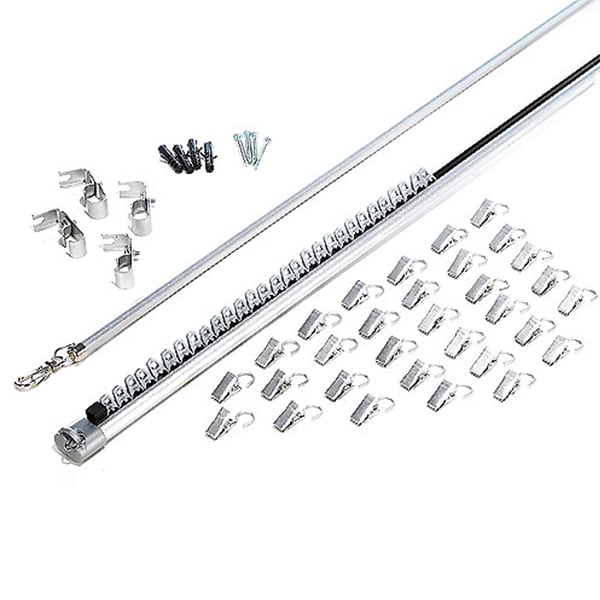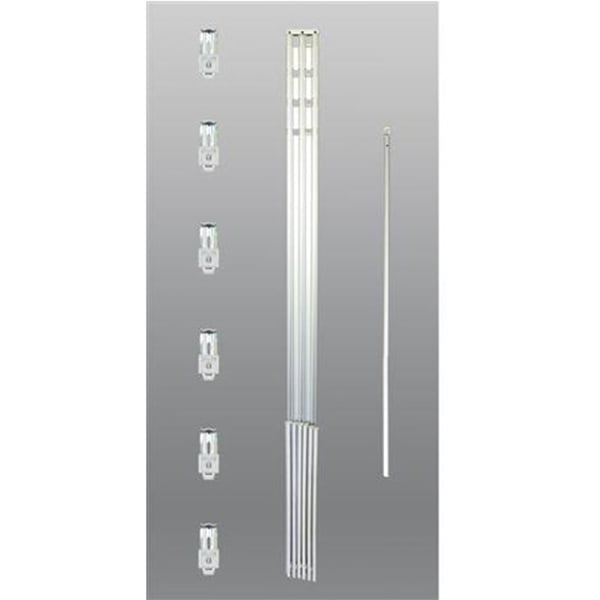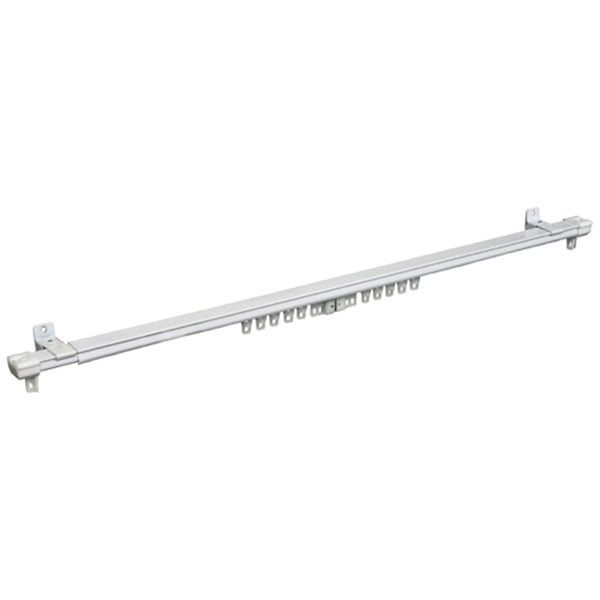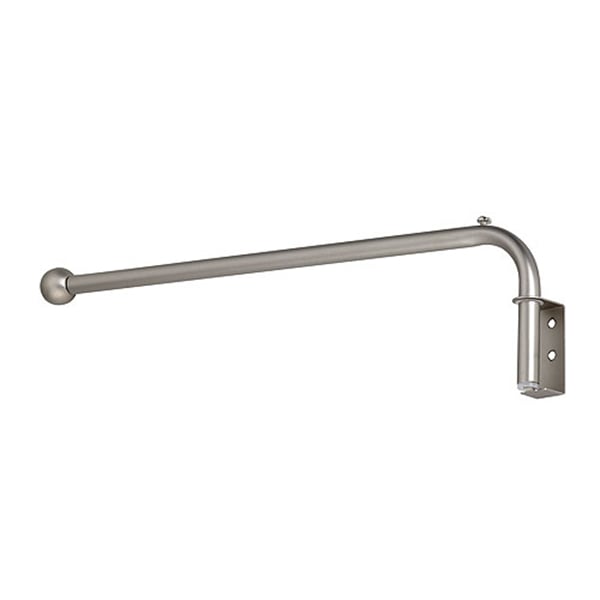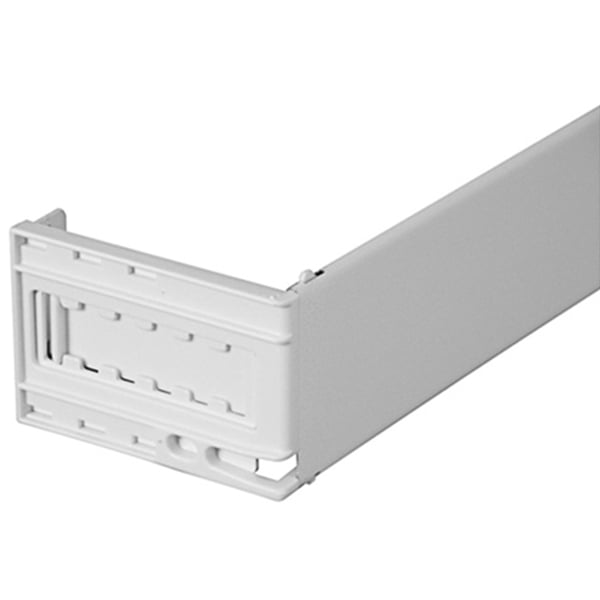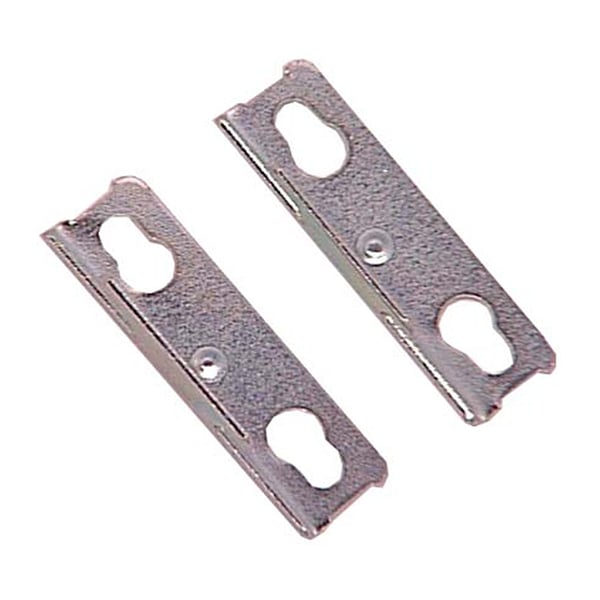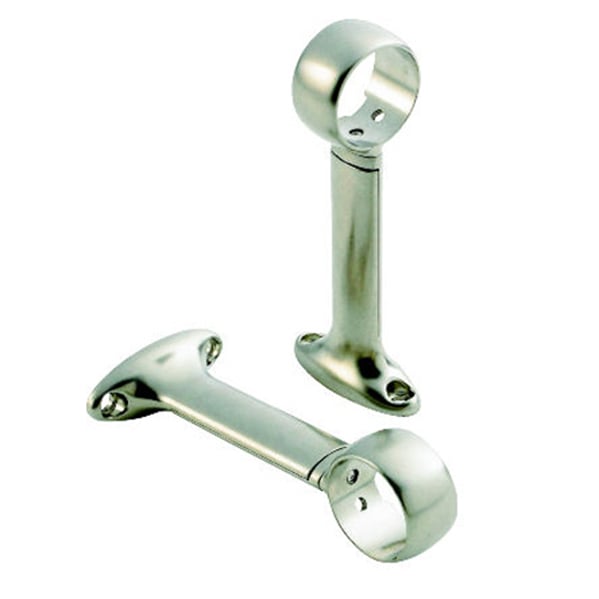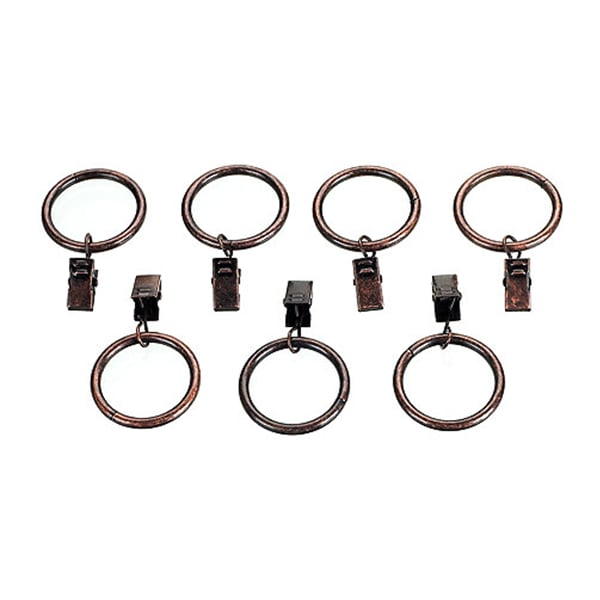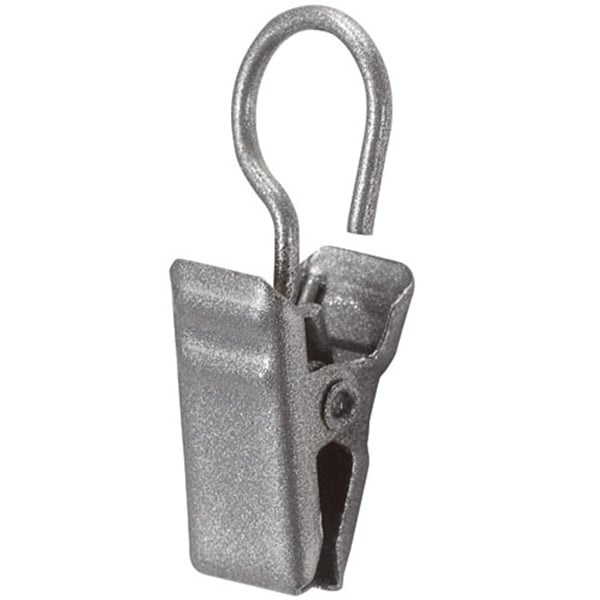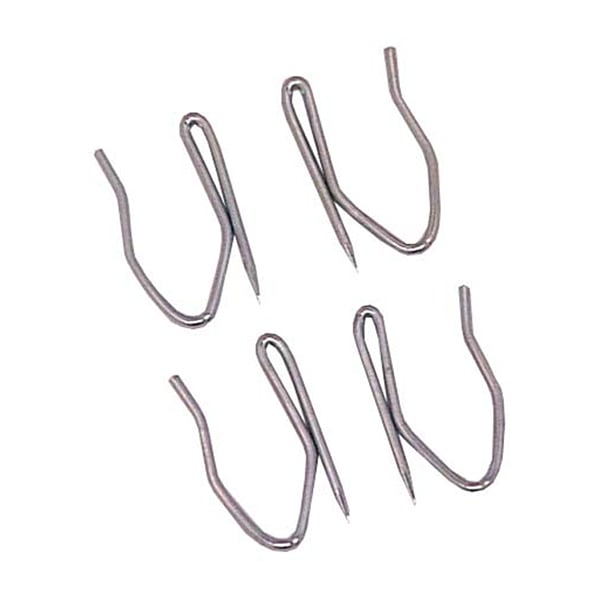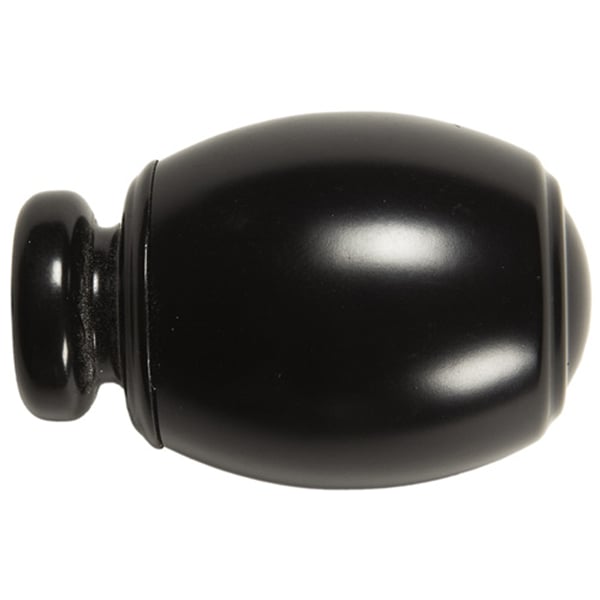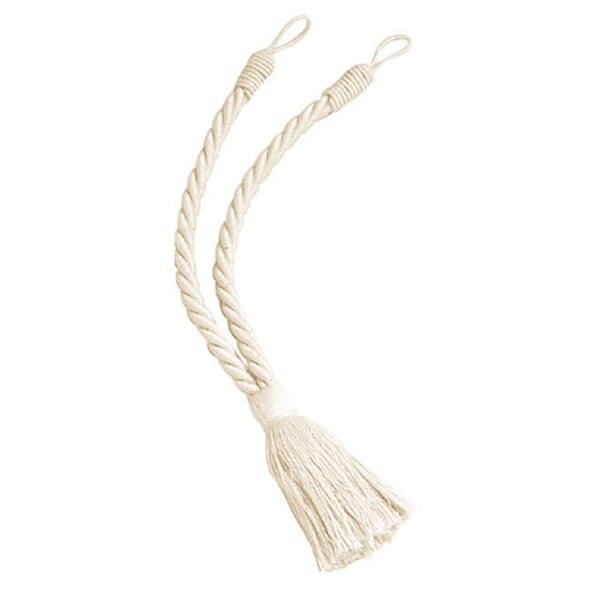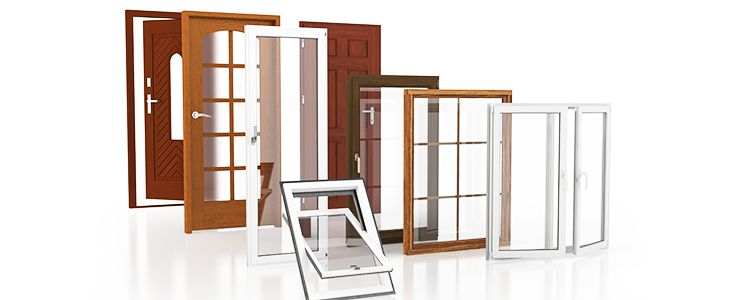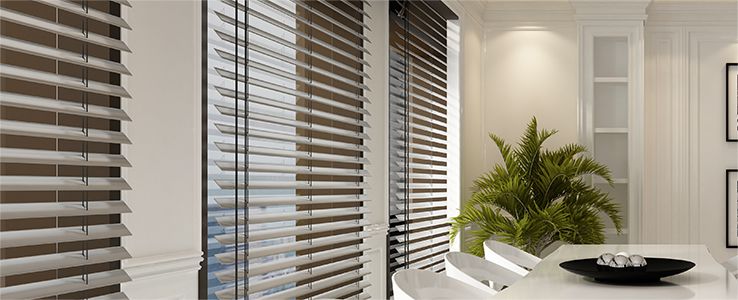Factors to Consider
To decide what type of rod or rail to buy for your curtains, you will need to consider the following factors:
Weight of fabric
Not all curtain rods and rails can support the weight of heavy fabrics. For example, for insulated or blackout drapes a wood pole may be best, while for sheers you could opt for a tension cable rod.
Style of curtain
There’s a rod or rail to suit every type of curtain. Japanese panel shades, for instance, have their own specially designed tracks.
Style of room
Each type of curtain rod will add a different accent. While a wood pole lends natural warmth, a PVC rod may suit a more modern setting.
Location of the window
You might have the choice of mounting the rod on the wall or on the ceiling, depending on the window’s location. The mounting method will then help you decide on the best type of rod.










